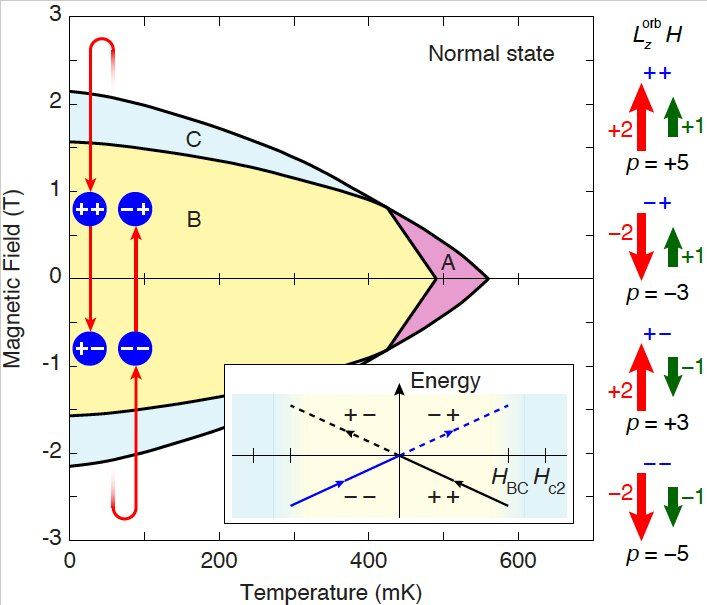Mar 24, 2020
World’s fastest supercomputer finds potential drug compounds for COVID-19
Posted by Future Timeline in categories: biotech/medical, supercomputing
Researchers at Oak Ridge National Laboratory (ORNL) have used Summit, the world’s fastest and most powerful supercomputer, to identify 77 small-molecule drug compounds that might warrant further study in the fight against the SARS-CoV-2 coronavirus.
The team performed simulations of more than 8,000 compounds to screen for those that are most likely to bind to the main “spike” protein of the coronavirus, rendering it unable to infect host cells. They ranked compounds of interest that could have value in experimental studies of the virus.
Continue reading “World’s fastest supercomputer finds potential drug compounds for COVID-19” »

















